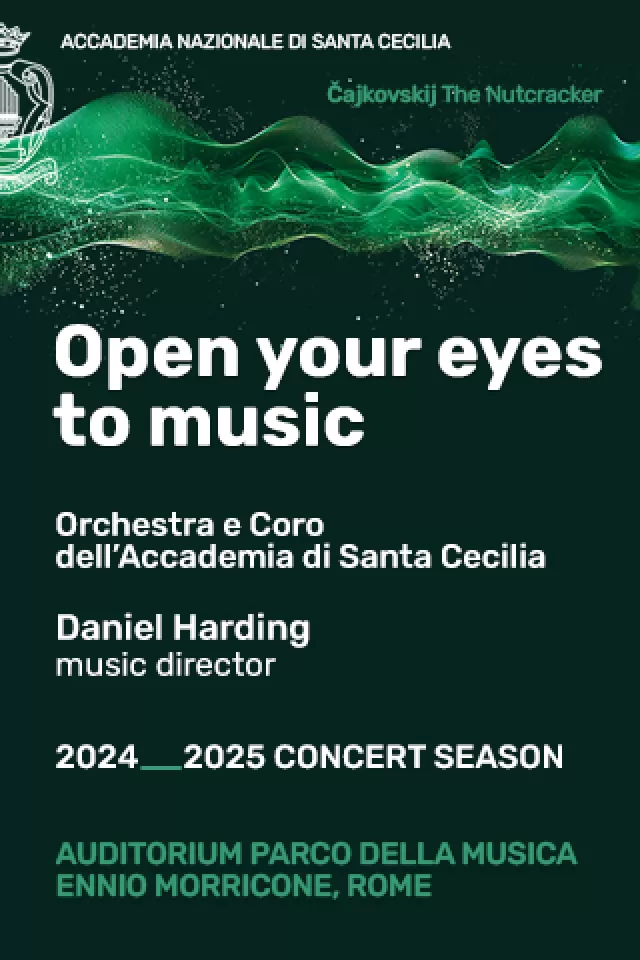Pope Benedict.
The new pope Benedict XVI, elected swiftly on the afternoon of 19 April, has chosen a surprising name, one that symbolises a break with the popes of the last 50 years. Since the reformer Pope John XXIII, who opened the Second Vatican council in 1962, the popes have chosen names with John and Paul, both names of the apostles.
The choice of name therefore is the first surprising sign from the new pontiff, a man who many see as continuing the legacy of his predecessor John Paul II.
The name a new pope chooses is always thought to be the first indication of his feelings and thoughts. So why the name Benedict?
The previous Pope Benedict, an Italian, was pope from 1914 to 1922, the years from the outbreak of world war one to the beginning of fascism in Italy. He pushed for peace at the outbreak of war but most of his efforts were ignored. He is mainly remembered for his charitable work among prisoners of war on both sides, his successful intercession for refugees across Europe and for promulgating the new code of canon law. Benedict XV has been called the Good Samaritan of humanity.
But was the new pope also thinking of Benedict XIV, an Italian pope from 1740 to 1758? His very active papacy coincided with a time when European monarchs were trying to assert their independence from the papacy, particularly in the appointment of bishops. He approved the founding of two great orders, the Passionists and the Redemporists, but is best remembered for his investigations into the Jesuits in their Indian, Chinese and South American missions. He was against any accommodation between key Christian usages and practices and those of native cultures. He instigated the modern papal legislation on Eastern churches, promoted the education of priests, reformed the calendar of feasts, rooted out what he considered to be abuses in the liturgy and tightened up the papal finances which were in a disastrous situation when he took office. He was considered a very active and learned pope whose encyclicals covered a huge range of subjects, including the dissolution of marriages, the relationships of Christians and Jews living in the same place, particularly in Poland, the prohibition of the use of Muslim names by Christians. He also wrote numerous pastoral letters and documents on canon law, Church administration, the rites and the sacraments.
To go even further back the new pope may have been thinking of St Benedict of Norcia, one of the fathers of European monasticism, who gave renewed inspiration and direction to Christianity in the 6th century at a time when it was in considerable difficulty.

















